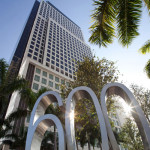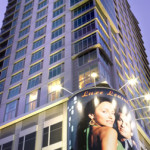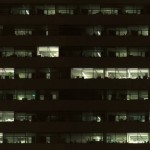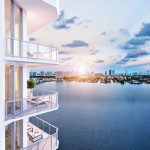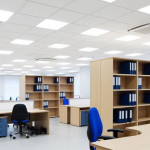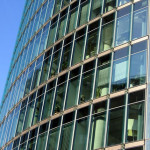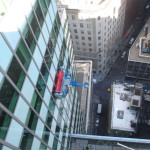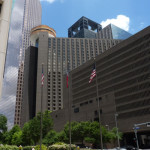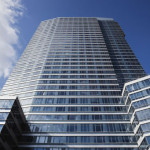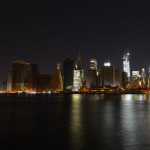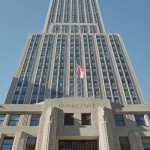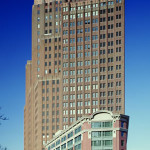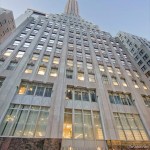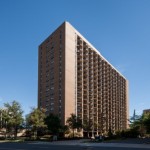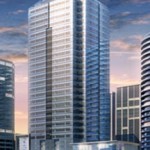High Rise Facilities |
January 28, 2014
Lerner Enterprises has begun vertical construction of 1775 Tysons Boulevard, an 18-story office tower in The Corporate Office Centre at Tysons II in Tysons, Virginia - a Washington D.C. sub-market. The 476,000-square foot, Class ‘A’ office tower will deliver in late 2015. The Whiting-Turner Contracting Company of Chantilly, Virginia is the general contractor for the project.
“We are excited to begin construction of 1775 Tysons Boulevard, as the iconic building symbolizes the new urban landscape of Tysons, Virginia,” Mark D. Lerner, a principal of Lerner, said in a statement. “With the upcoming opening of the new Tysons Corner Silver Line Metro Station, we have received an elevated level of interest in our newest project within The Corporate Office Centre at Tysons II.”
Designed by the architectural firm of Kohn Pederson Fox Associates of New York, 1775 Tysons Boulevard will be located a block from the new Tysons Corner Metro Station that is scheduled to open in the Spring of 2014. The building will be connected via a climate controlled skywalk bridge over Tysons Boulevard that provides connectivity to the entire Tysons II development including The Corporate Office Centre at Tysons II; Tysons Galleria, Washington’s premier luxury shopping and dining destination; and The Ritz-Carlton Hotel-Tysons Corner.
The building will be one of the most modern work places in Northern Virginia and in the Tysons district. The green building standards will provide healthy indoor and outdoor environments to tenants while conserving natural resources and energy. The state-of-the-art office tower is registered with the certification goal of LEED Platinum – the first building within Tysons planned to do so.
Other “green” building features include a sustainable site design that minimizes the development footprint and maximizes open space and a high efficiency curtain wall system with low-e glass that keeps the building cool in the summer and warm in the winter. The developer expects the building design and energy management system to result in the usage of 30% less energy than a typical office building and a rooftop photovoltaic solar array will supply more than 5,750,000 kW-h of the building’s annual energy needs.
Outdoor lighting is designed to minimize light pollution and the roofing systems are designed to minimize the building’s contribution to heat island effect. Water efficiency plans call for 40% lower usage than typical new office buildings and the landscaping will consist of water-efficient native and adapted plants with an irrigation system designed to use 100% captured water.
Tags: 1775 Tysons Boulevard, Lerner Enterprises, Tysons, Virginia, Washington D.C.
Category: Intelligence





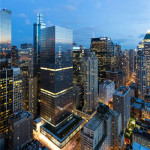

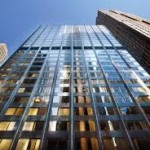


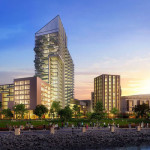
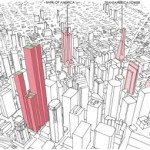

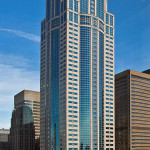
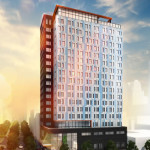
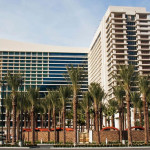


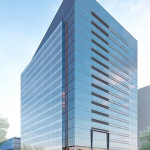


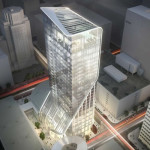



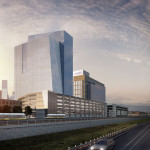


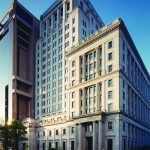



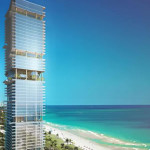
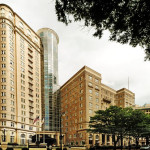


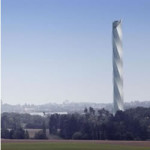

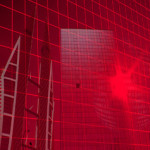




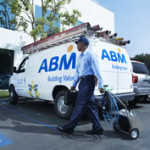


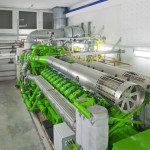
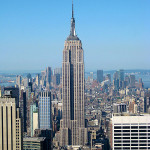


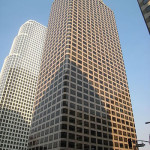

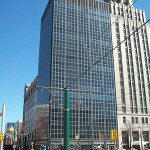


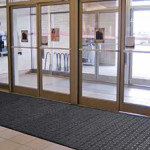
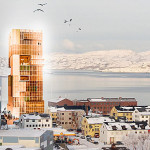
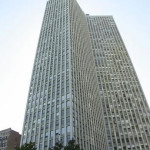

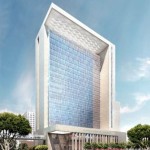
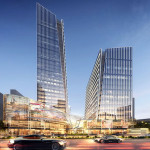

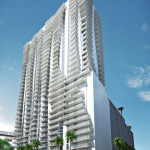
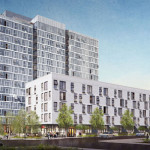


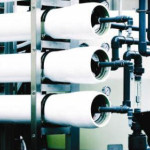


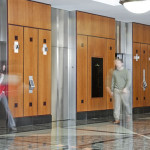
 An award winning editor, Leah spent over eight years in senior
editorial positions at both BUILDINGS magazine and ARCHI-TECH
magazine. Her work has been incorporated into training and
educational programs around the country. She is a graduate of
University of Iowa. She is Editor at Large for High Rise Facilities.
An award winning editor, Leah spent over eight years in senior
editorial positions at both BUILDINGS magazine and ARCHI-TECH
magazine. Her work has been incorporated into training and
educational programs around the country. She is a graduate of
University of Iowa. She is Editor at Large for High Rise Facilities.